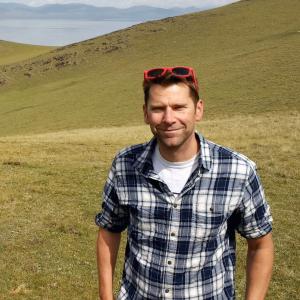The Caucasus is one of the hottest travel destinations in the world right now. Here we tell you a little bit more about the region, answering questions about how to obtain visas, when to go and which areas to visit.
WHERE IS THE CAUCASUS?
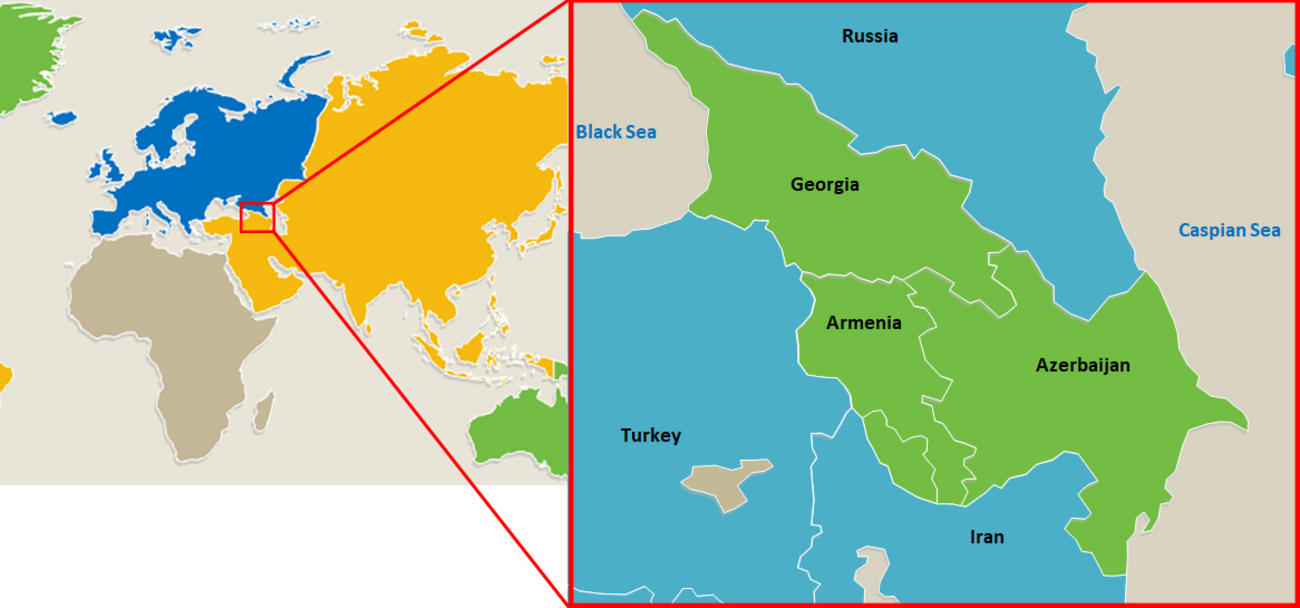
The Caucasus is sandwiched between the Black Sea and the Caspian Sea, where Europe and Asia meet. It is made up of Georgia, Armenia, Azerbaijan and Russia. It is also home to the Caucasus Mountain range, the traditional natural barrier between Europe and Asia.
WHY SHOULD I VISIT?
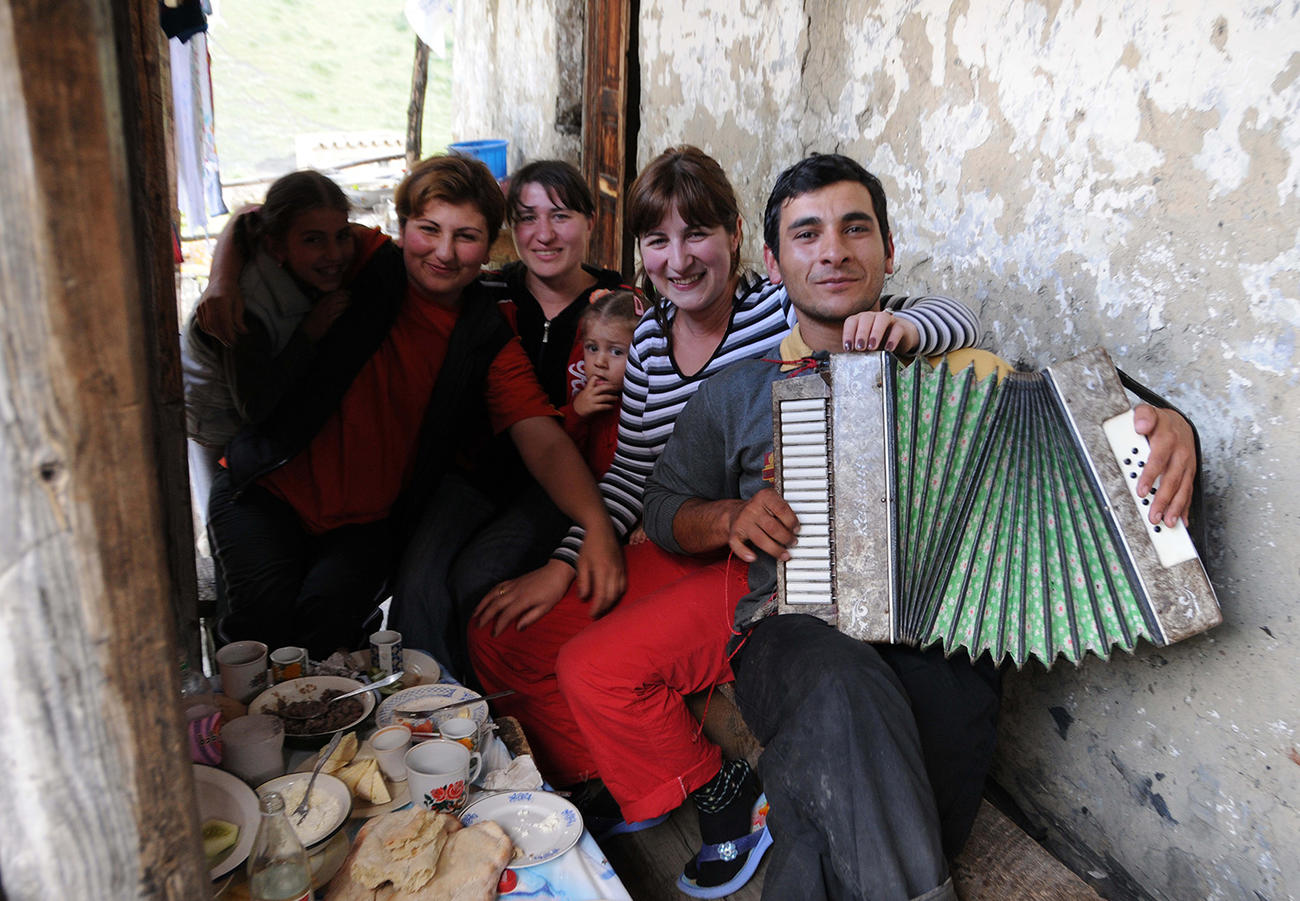
The Caucasus are some of the last explored wilderness regions of Europe. They offer a dramatic scenery of mountains, lakes and forests, dotted with stone watchtowers, ancient monasteries and wooden churches which can be traced back to the earliest days of Christianity. There is also a superb cuisine fusing Western and Eastern influences, and being the birthplace of viticulture, an unrivalled heritage of producing wine.
WHEN IS THE BEST TIME TO VISIT?
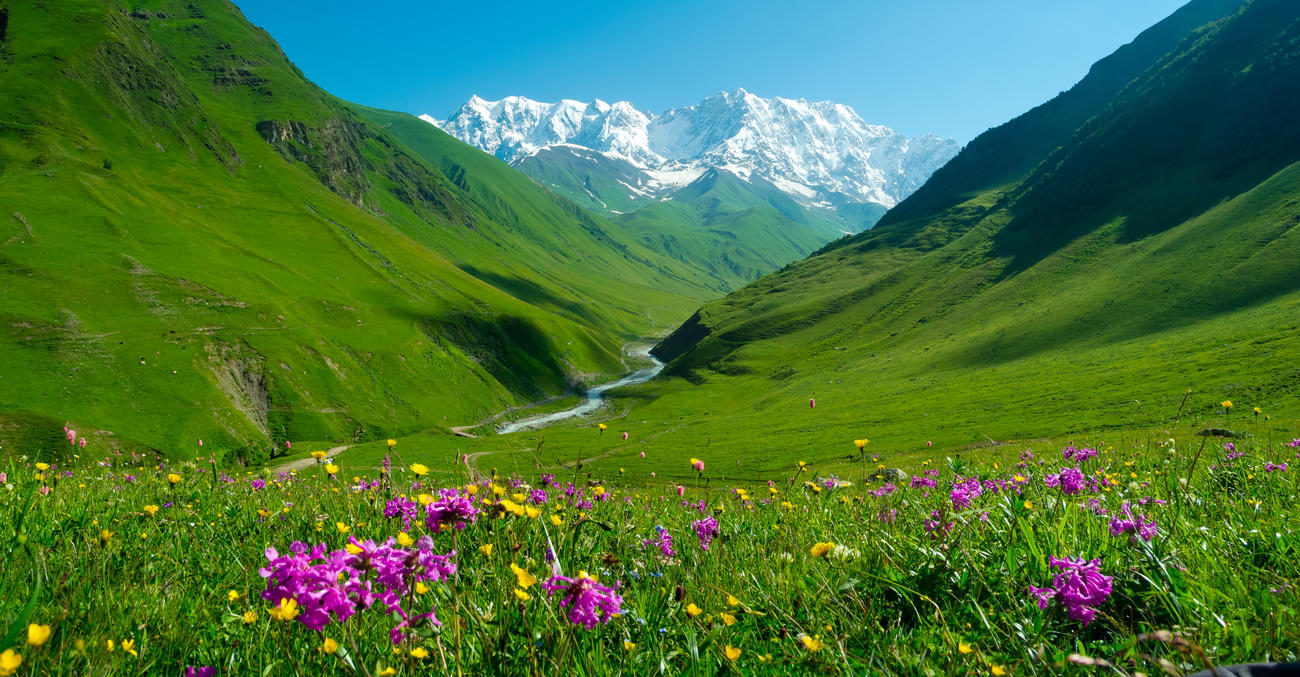
The best time to visit the Caucasus is generally spring or autumn. Georgia’s Greater Caucasus Mountain range is closed to visitors (except skiers) from November to April. July and August are the hottest months in the cities, so the ideal time to go would be spring, when the valleys are filled with a blanket of wildflowers, or autumn, where the weather is slightly more reliable in terms of dryness.
WHAT ARE SOME OF THE HIGHLIGHTS OF GEORGIA?
TBILISI: The Georgian capital Tbilisi is a fascinating mix of old and new. Once a nondescript Soviet capital, it has been transformed into a hub of new boutique hotels, restaurants, galleries and lively bars. Along the river you’ll find a series of futuristic new buildings, and a vibrant street art scene. Dramatically surrounded by hills, Tbilisi has been sacked 27 times, which gives you an idea of how many different civilisations have held sway in this region over the years, from the Huns to the Mongols to Persians and Turks.
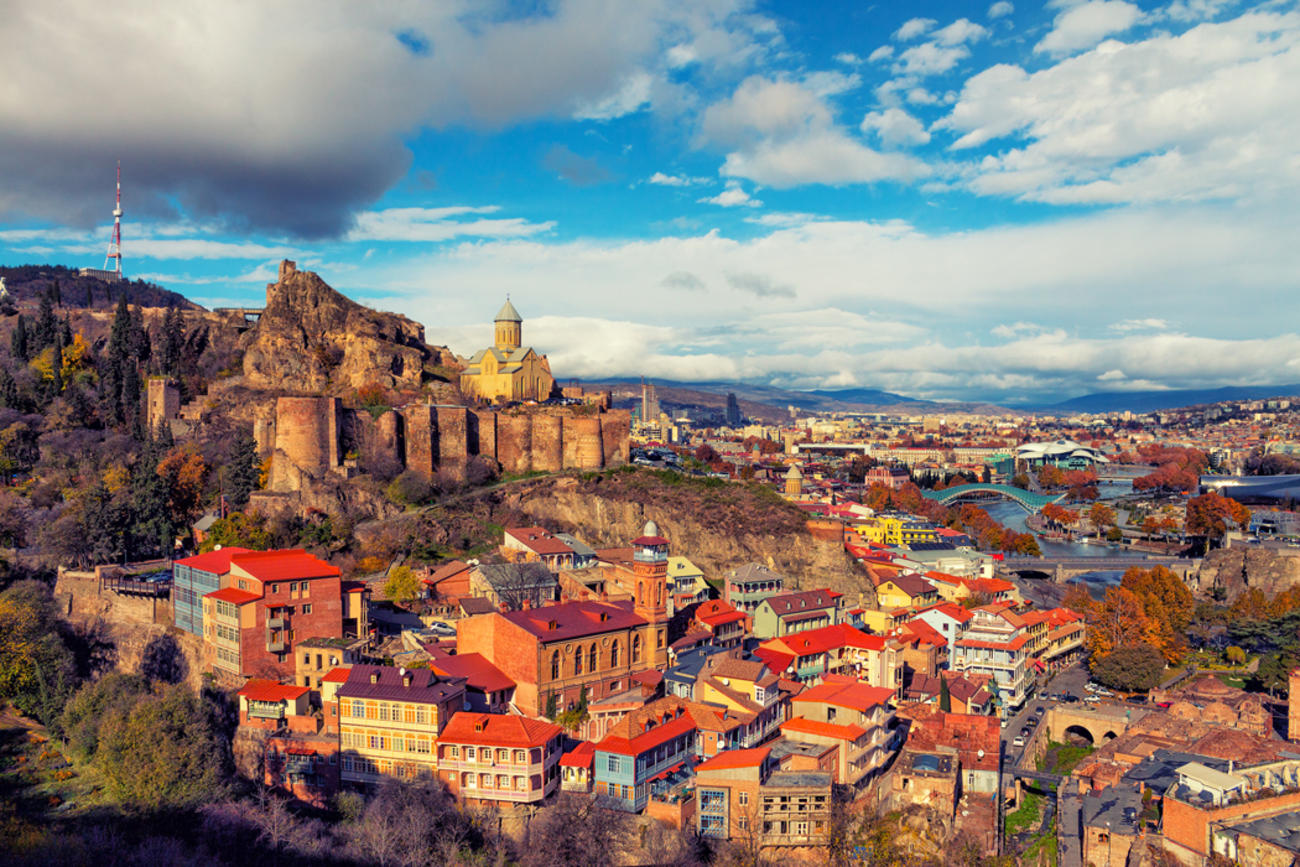
THE SVANETI MOUNTAINS: Away from the capital, the Svaneti Mountains offer fantastic walking opportunities and the most picturesque views of green valleys, snowy peaks and forests. This is the place to experience rural hospitality in a homestay or small guesthouse.
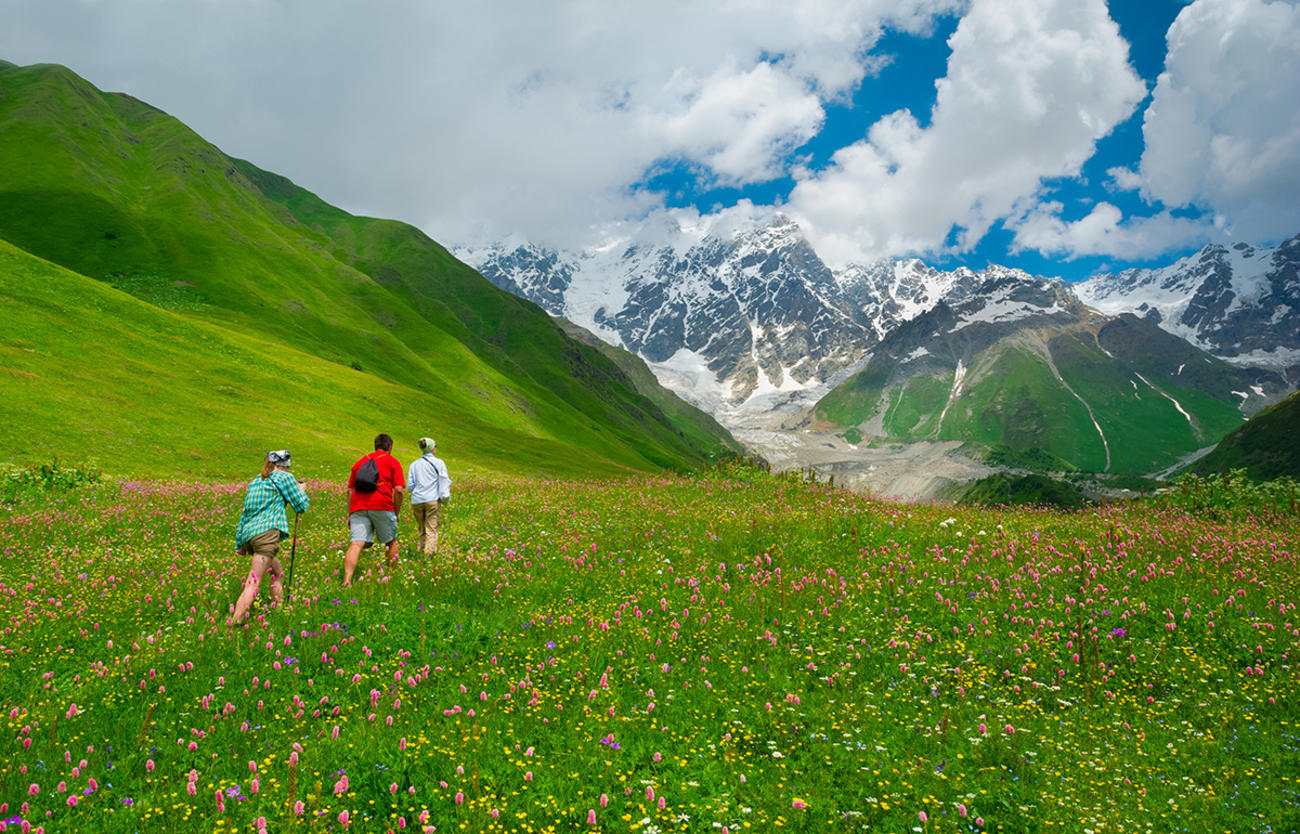
GORI: In the centre of the country lies Gori, the birthplace of Stalin and home to the Stalin Museum, where you can see the train that the despot used to tour the Soviet Union.
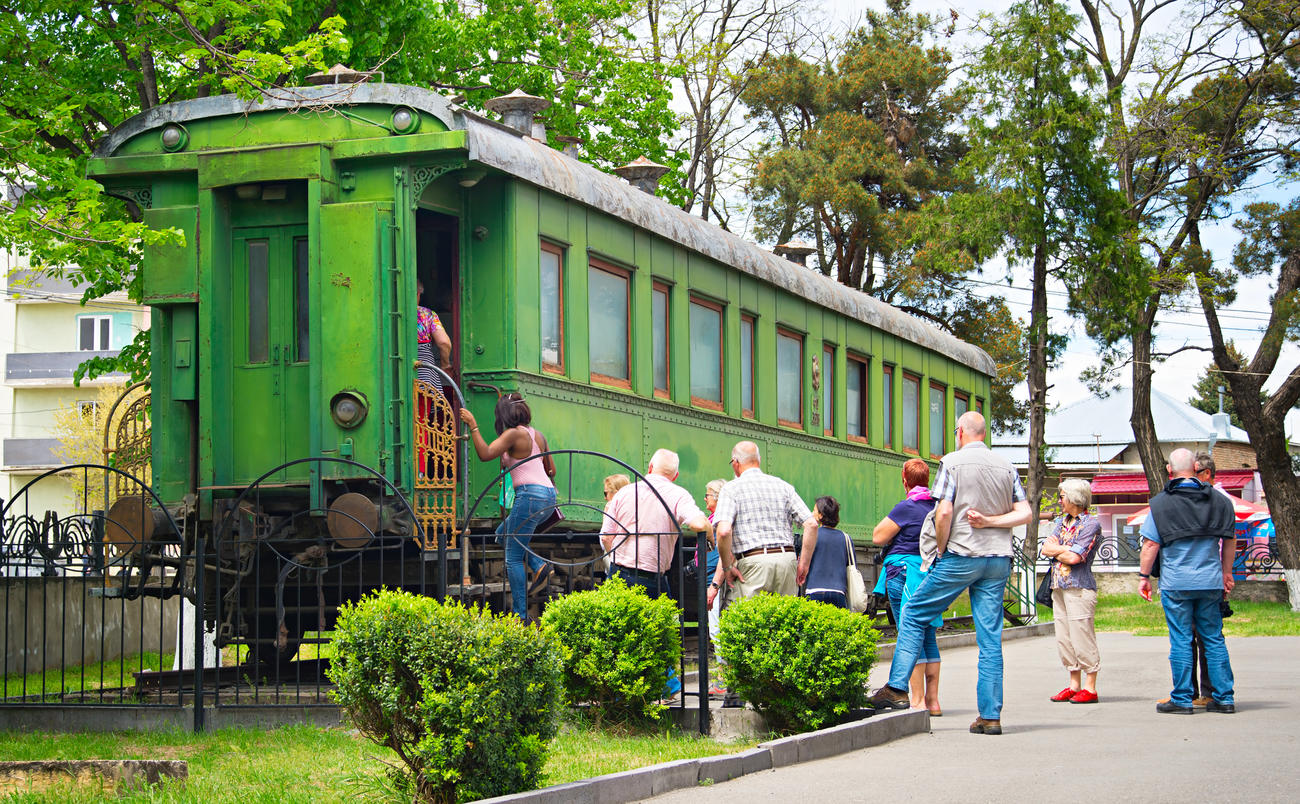
TROGLODYTE CAVES: Georgia is also home to Troglodyte cave towns, most notably in Vardzia, where a 12th century town has been carved out of the hillside. This complex once consisted of 3,000 caves, including dwellings, wine cellars and small churches.
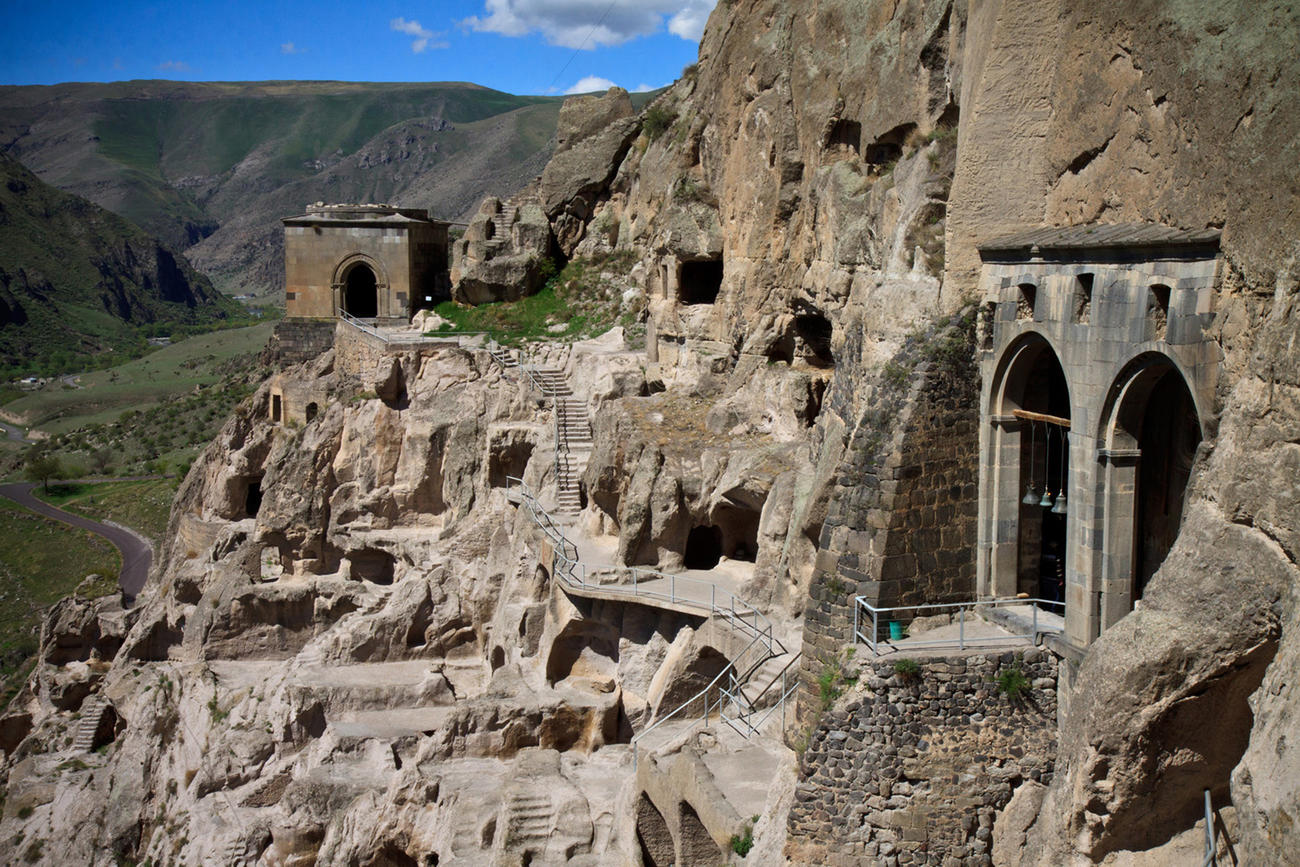
One of Georgia’s most iconic images is Gergeti Church, located atop a mountain over 2,000 metres above sea level. In fact, the scenery of Georgia is one of the biggest highlights, including spectacular views whilst driving the Georgian Military Highway and walks along rivers and close to glaciers.
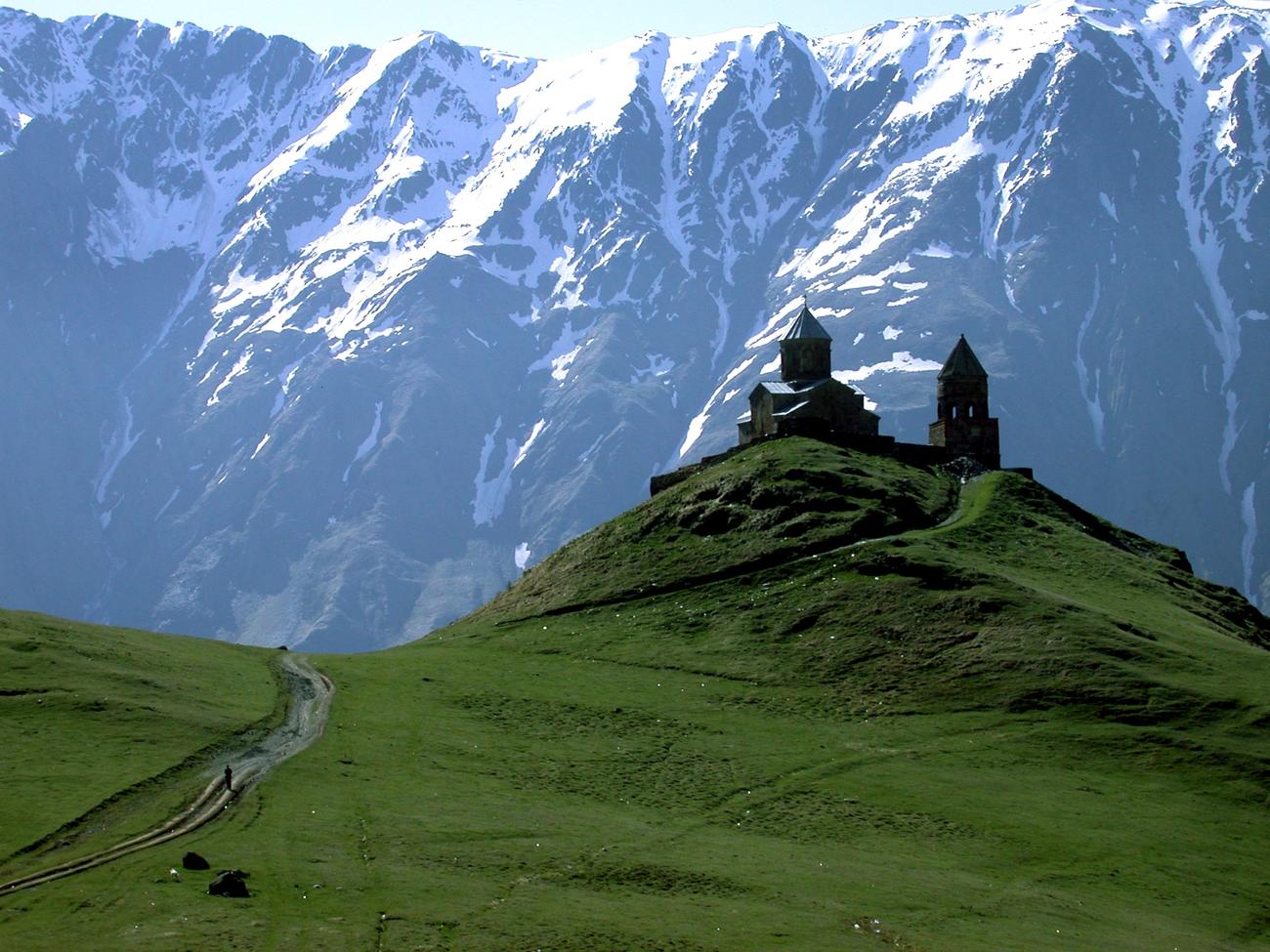
ARMENIA
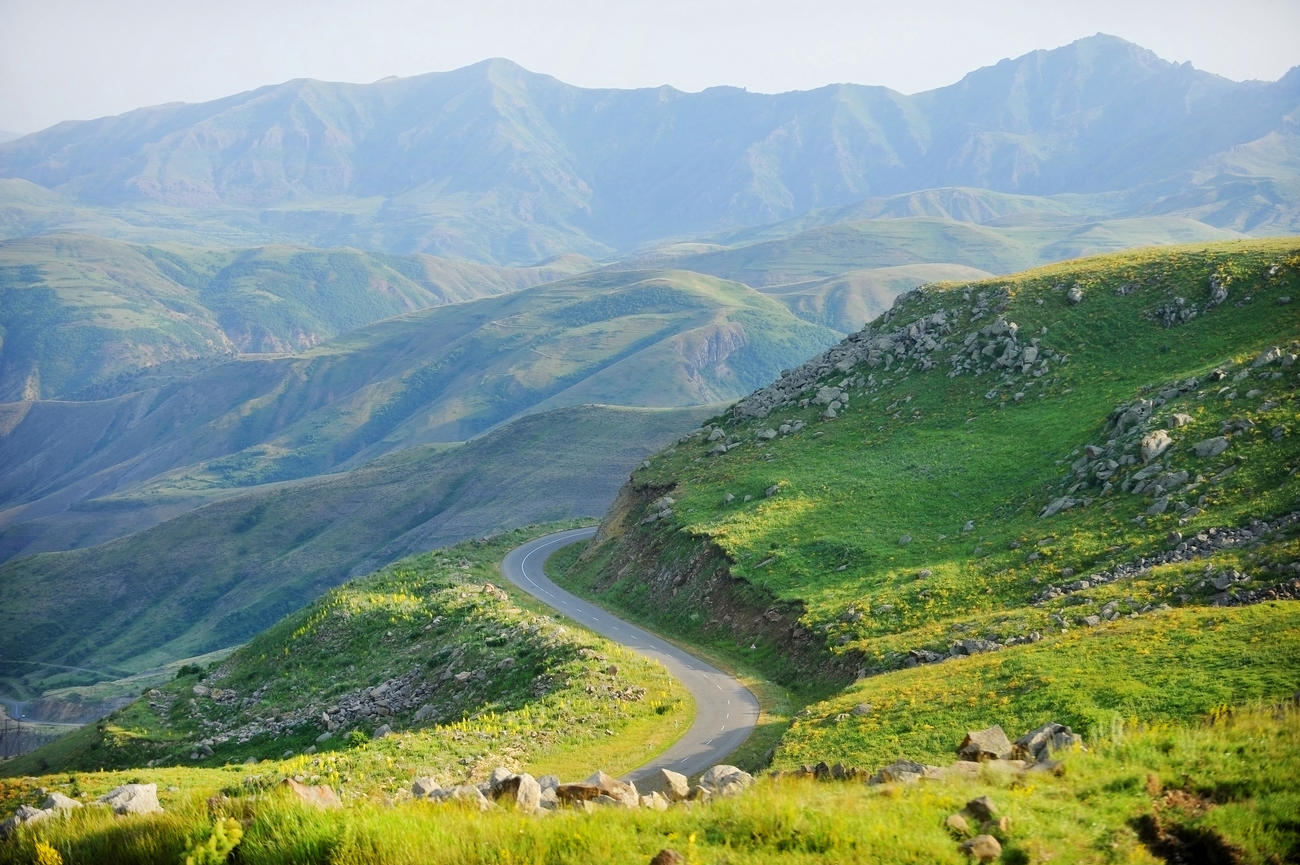
The world’s first Christian nation’s principal attraction is its incredible collection of medieval monasteries and wooden churches. It also makes for great walking country, with a scenery of canyons and high altitude lakes, dotted with caravanserais, remnants of the Silk Road trade which passed through here.
Other highlights include the prehistoric site of Karahunj, Armenia’s Stonehenge (below); a spectacular cable car ride 3.5 miles long, up to the beautiful 9th century Tatev Monastery; and the charming capital Yerevan.
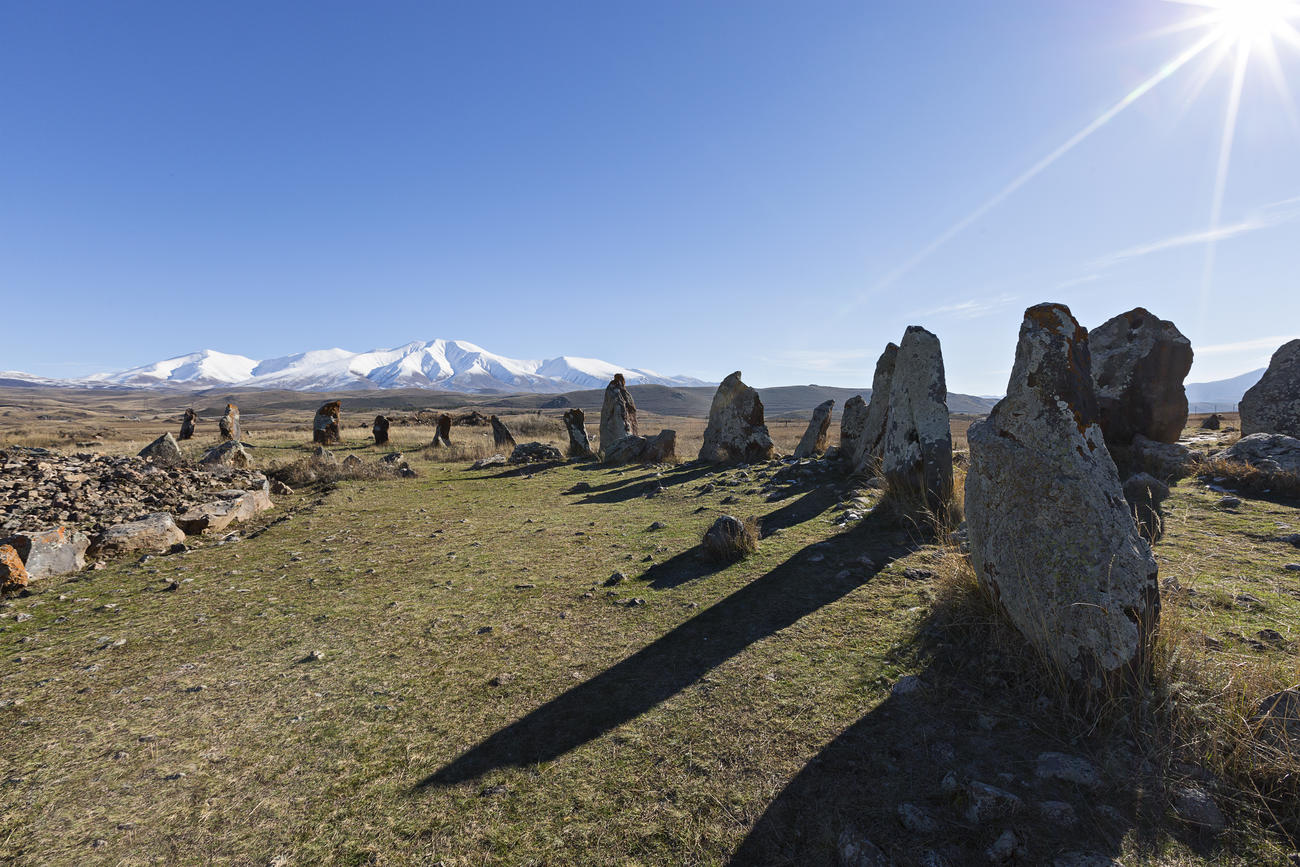
AZERBAIJAN
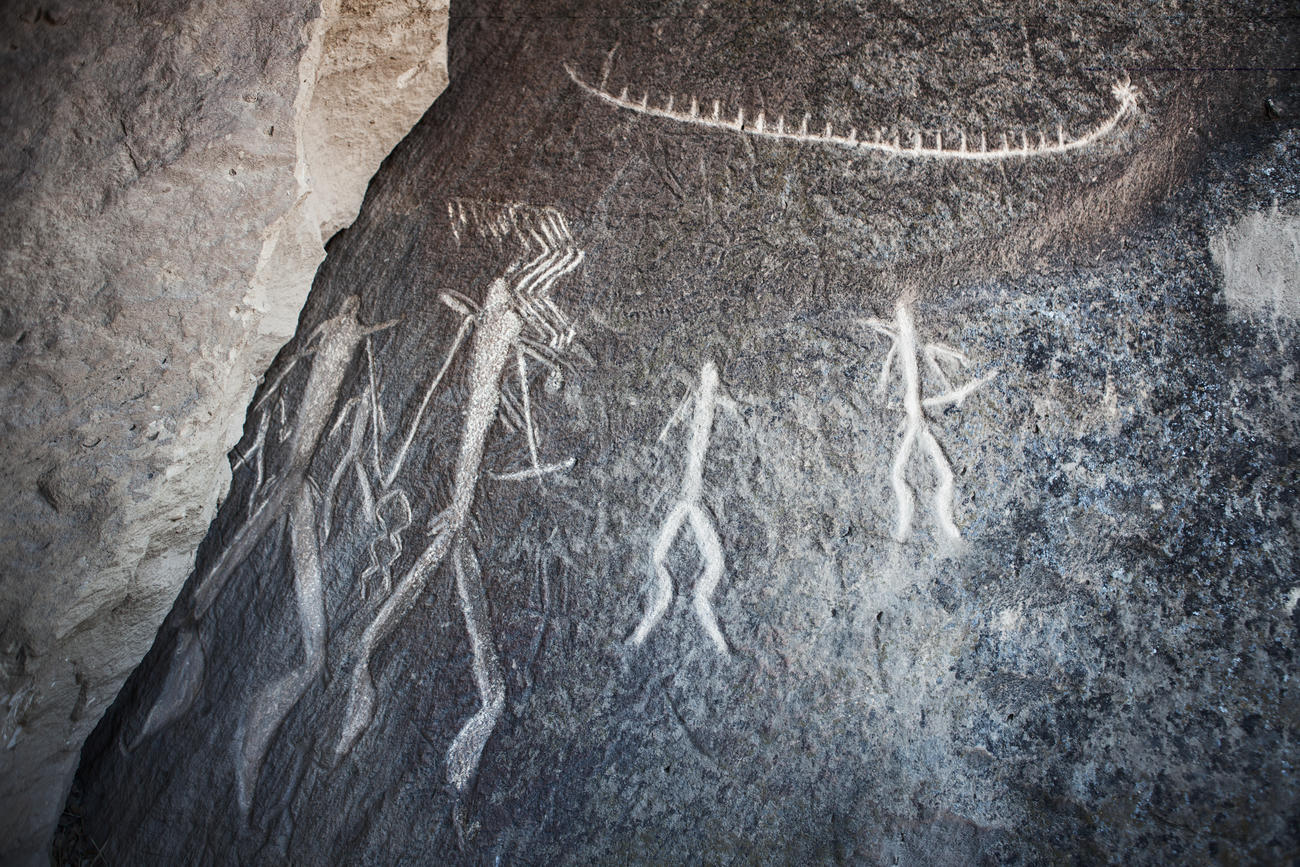
Where East meets West, Azerbaijan is a contrast of styles. It offers the 6,000 year-old Stone Age cave drawings at Qobustan (above), a UNESCO site, and a capital in Baku bursting with stunningly modern architecture. Close to Baku, is Yanar Dag, a natural fire mountain that has been burning for centuries.
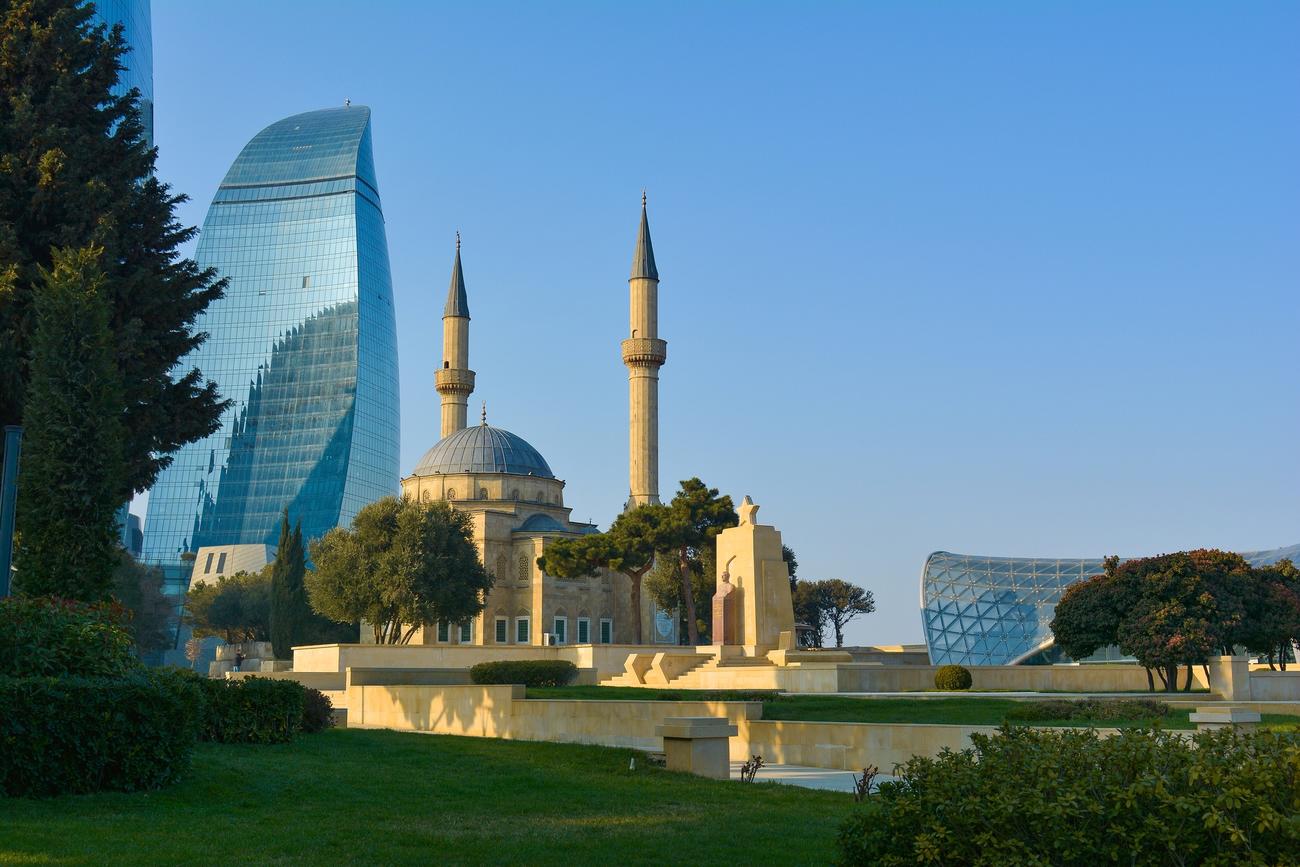
This abundance of natural gas has funded the incredible buildings in the capital Baku, from the Flame Towers which nod to its Zoroastrian past to Heydar Aliyev Centre, hosting a museum, conference hall and gallery. Baku has its share of ancient sites too, with its walled old town, Maiden Tower and impressive Shirvanshah’s Palace (both UNESCO).
Outside of the capital, rural Azerbaijan offers mountain villages of coppersmiths, crafts, and ancient towns that were once important trading posts such as Seki.
WHAT IS THE FOOD LIKE?
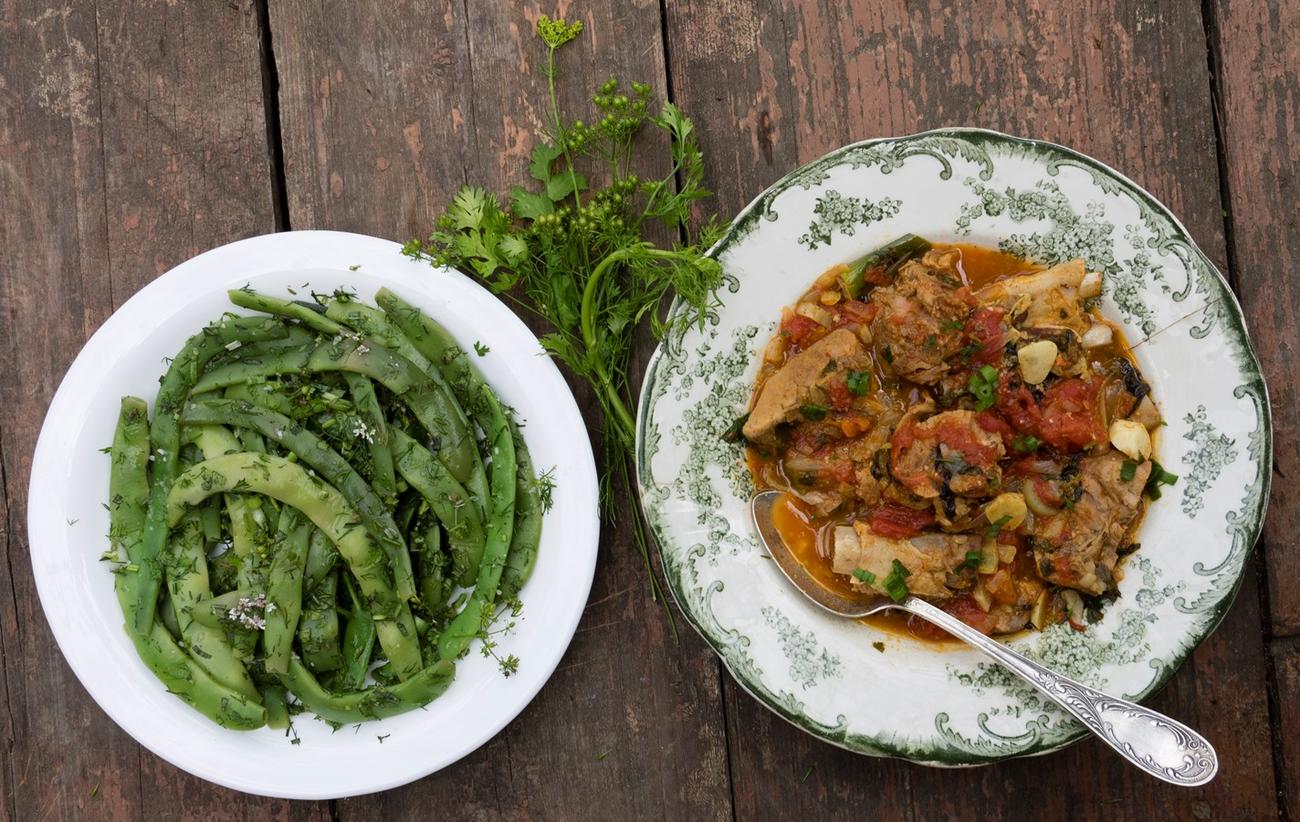
The food of the Caucasus is a real highlight. It features lots of different breads including the famed cheesy bread Khachapuri; kebab style meat; walnut pastes; and of course wine. What makes Caucasian food so great is not necessarily the recipes, but the fact that the ingredients themselves are so fresh, from the tomatoes to the cucumbers. Given this region has had so many different empires hold sway over time, from the Hun to Mongols to the Mughals and the Soviets, it is no surprise that its influences are so varied. You will find dumplings reminiscent of China, flat breads harking back to India’s naans, a liberal use of pomegranates a la Persia, and Mediterranean-style fresh tomato salads. Georgia is also the birthplace of wine, with evidence of viticulture stretching back 8,000 years. The wine is still made to traditional methods, so is 100% organic, with the grapes matured in kveris – clay pots which are buried underground.
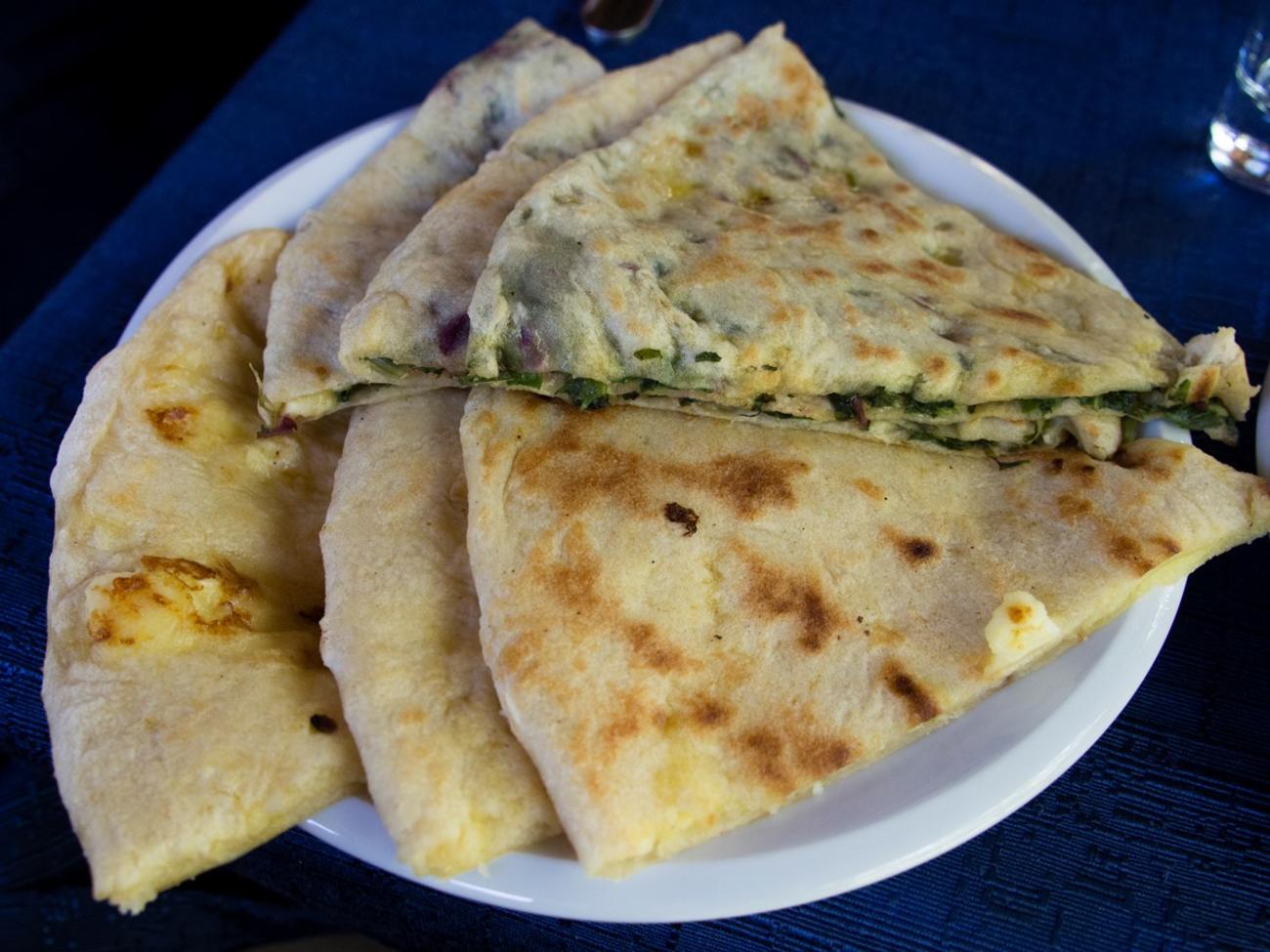
WHAT IS THE VISA SITUATION LIKE?
British travellers do not need a visa for Georgia or Armenia, and Azerbaijan offers an easy e-visa. Most other nationalities, including Australia and America, can acquire an e-visa for Armenia and Georgia – again an easy process.
IS IT SAFE?
Yes the region is very safe. There are some disputed areas, such as the region around Nagorna Karabat between Azerbaijan and Armenia. South Ossetia and Abkhazia meanwhile, while technically in Georgia, can only be accessed via Russia. But away from these areas the region is stable and peaceful.
IS THERE A DRESS CODE?
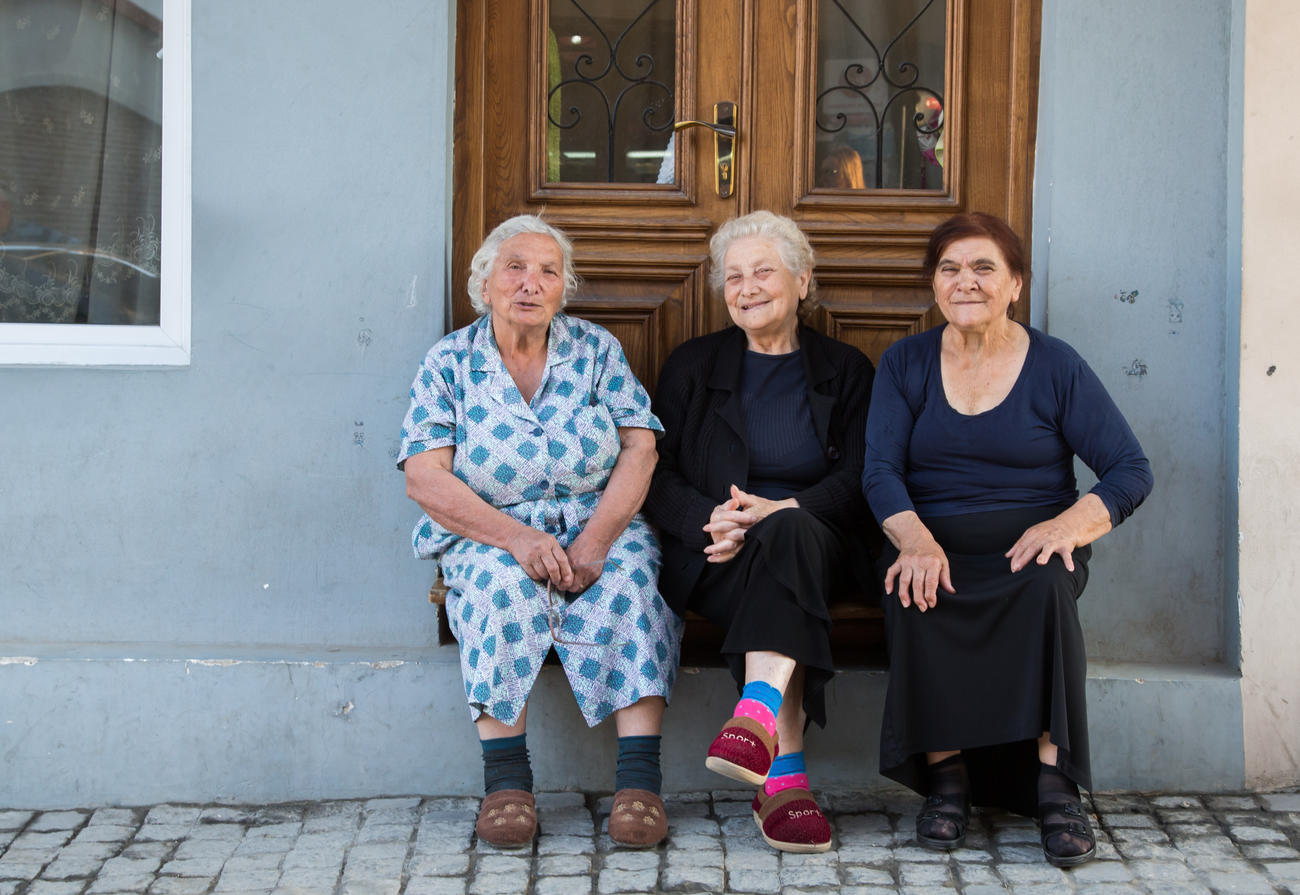
There are no strict rules in terms of dress code, although the locals dress relatively conservatively, so to fit in it is advisable not to expose too much skin. When visiting some religious sites you may need to wear a headscarf so you should bring something that you can wear when necessary, but beyond that we advise travellers simply to dress modestly.
ANY OTHER CULTURAL ISSUES TO BE AWARE OF?
In terms of language, whilst your guide will speak good English, this is not widely spoken apart from amongst the younger population in the cities. If you do want to try a few local phrases, you will make more friends learning a few phrases in Georgian, Armenian and Azerbaijani rather than speaking Russian in all 3 countries. Beyond language there are few local customs to be aware of.
HOW DO I VISIT?
Wild Frontiers offers group tours and tailor-made holidays throughout the Caucasus.
GROUP TOURS
Across the Caucasus: For an overview of the whole region we recommend our 15-day Across the Caucasus tour, which takes in the highlights of Armenia, Azerbaijan and Georgia.
Georgia Explorer: To delve deeper into Georgia, our 15-day Georgia Explorer is a comprehensive tour of the country, including Tbilisi, Vardzia, Gori, the Svaneti Mountains and a night on the Black Sea.
TAILOR-MADE
Highlights of Armenia: This 9-day trip takes in the capital Yerevan, cave villages, monasteries, Selim caravanserai and the spectacularly-located Smbataberd fortress.
Azerbaijan: Caspian Sea to the Caucasus Mountains: This 8-day journey contrasts old and new, from the capital Baku to the ancient Zoroastrian temple at Ateshgarh, and offers the chance to swim in the Caspian Sea before exploring ancient churches and villages in the mountains.
